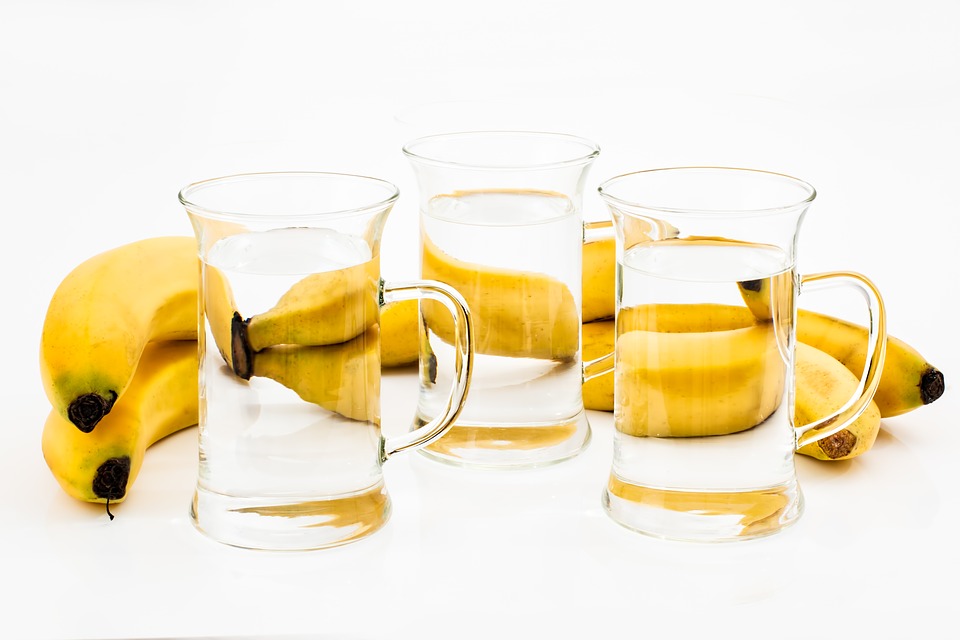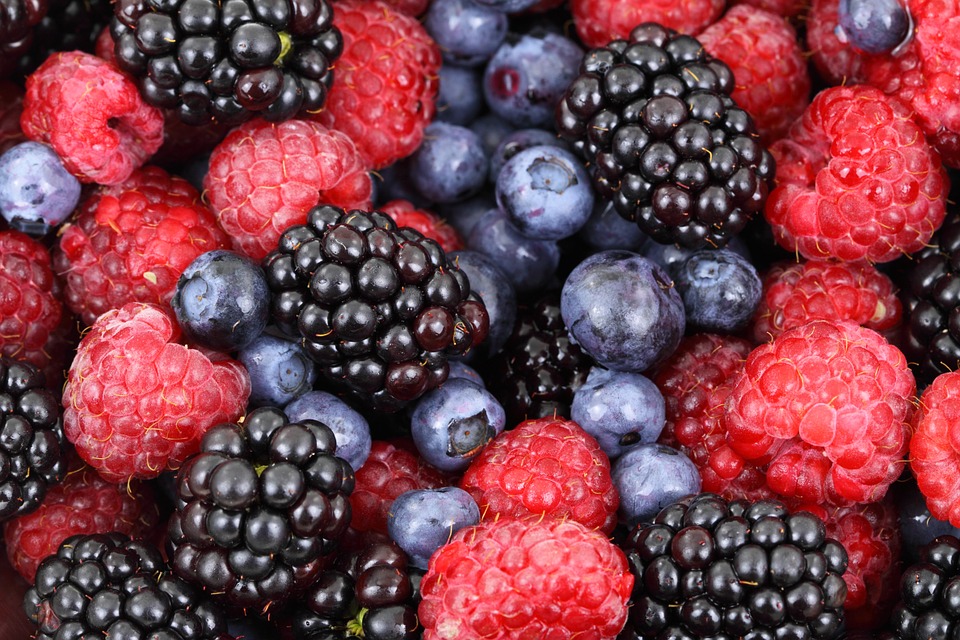How do we learn to turn away from the sweet and fatty temptations that call to us at every celebration, every holiday and, frankly, pretty much every day of the year? Why does chocolate taste so good anyway?
Chocolate is largely composed of fat and sugar, which taste delicious on their own, but together create often irresistible flavor.  Scientifically, fat and sugar in chocolate and other foods trigger a response in the brain termed a “food reward,” where the release of a brain chemical, dopamine, connects the taste of chocolate with a positive feeling in the brain. Dopamine controls the brain’s reward and pleasure centers, occupying a unique link between something you do and the resulting emotional response.
Scientifically, fat and sugar in chocolate and other foods trigger a response in the brain termed a “food reward,” where the release of a brain chemical, dopamine, connects the taste of chocolate with a positive feeling in the brain. Dopamine controls the brain’s reward and pleasure centers, occupying a unique link between something you do and the resulting emotional response.
What’s the deal with cravings?
People should know that chocolate, potato chips, and other foods that you wish you could resist are not always a sign that you are truly hungry. Instead, cravings are often an indication of something else missing from your diet. For example, you can be craving sugar, but, in reality, you are probably dehydrated and need to drink water.
Cravings can be a result of the brain’s need for nourishment, but there are certainly better choices than chocolate to provide your brain with food. Thinking of FEW- the fewest unhealthy foods as possible- may be a way to remind yourself to replace unhealthy sugar and fats in chocolate and other foods with sugar in fruit via an apple, banana, or something else healthy that is personally appealing.
This is easier said than done, but having your personal approach ready in times of stress or temptations like Valentine’s Day can help you make dietary changes that are important for good health.
This original article is from the North Carolina Research Campus.





Leave A Comment